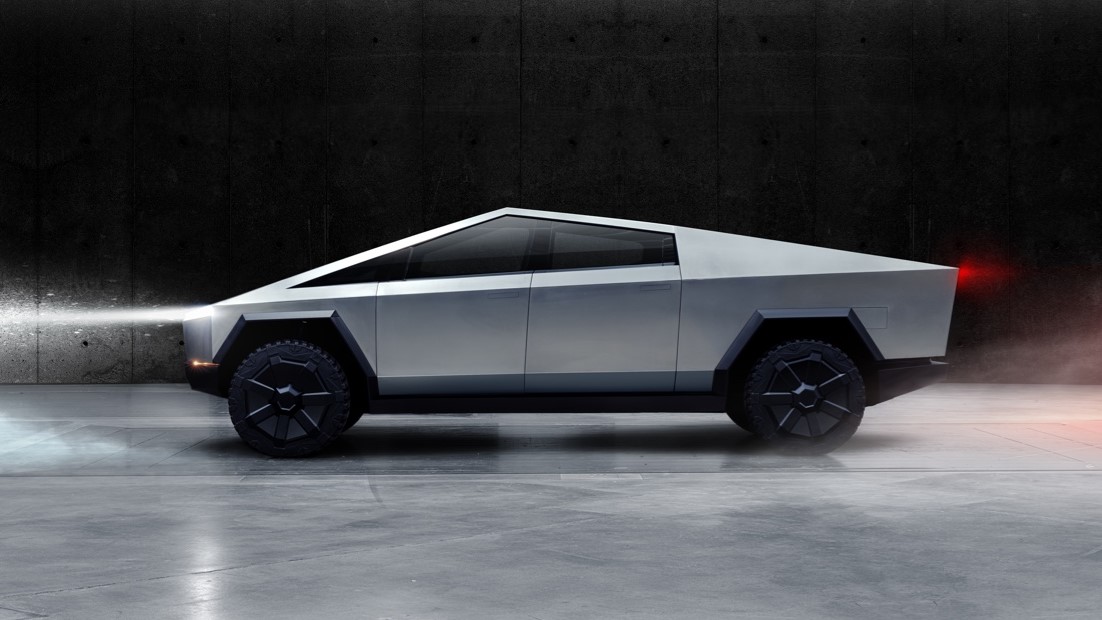Tesla’s Chief Designer, Franz von Holzhausen, defended the unique and angular design of the Cybertruck, emphasizing that its polarizing appearance is intentional and aimed at sparking conversations about the brand. The Cybertruck, known for its stainless-steel clad exterior and unconventional design, is set to become a prominent feature in a Tesla exhibit at the Petersen Automotive Museum in Los Angeles.
Not just an experiment: targeting new markets
Von Holzhausen dismissed the notion that the Cybertruck is merely an experiment, asserting that despite its divisive aesthetics, it serves as a catalyst for bringing individuals who have never considered owning a truck into the market. With a starting price of USD 60,990, exceeding the initial 2019 estimate, the Cybertruck is garnering interest from a broader audience, challenging preconceived notions about truck design and performance.
Breaking traditional molds
The Cybertruck’s bold design, defined by its angular contours, draws inspiration from unconventional sources such as the Lamborghini Countach and Lockheed’s F-117 Stealth Fighter jet. Von Holzhausen acknowledged that the angular profile serves a purpose, driven partly by the material used – stainless steel, which doesn’t lend itself easily to traditional curved designs. The Cybertruck’s distinct appearance challenges the status quo in the automotive industry.
Innovative influences: Bond’s submarine and F-117 stealth fighter
The design studio at Tesla found inspiration in the iconic 1977 James Bond movie “The Spy Who Loved Me,” where a car transforms into a submarine. Elon Musk, Tesla’s CEO, owns the actual vehicle from the film. Additionally, the angular and aggressive look of the F-117 Stealth Fighter jet played a role in shaping the Cybertruck’s design, highlighting the influence of unconventional yet functional engineering.
Overcoming glitches and challenges
While the Cybertruck’s launch faced challenges, including the infamous incident where von Holzhausen threw a metal ball at the truck, shattering its windows, recent events have showcased its resilience. A video of the Cybertruck towing a Christmas tree uphill generated buzz, both positive and negative, illustrating its capabilities and limitations.
Beyond aesthetics: practical appeal and recognition
Von Holzhausen defended the Cybertruck’s practicality, noting that his children enjoy being picked up from school in it. The unique design has even led people to mistake him for Elon Musk when driving the Cybertruck. Despite initial glitches, the electric pickup truck continues to capture attention and challenge traditional perceptions in the automotive landscape.
In essence, Tesla’s Cybertruck, with its radical design, stands as a testament to the brand’s commitment to innovation and its ability to push boundaries, creating a distinct identity in an ever-evolving automotive industry.



